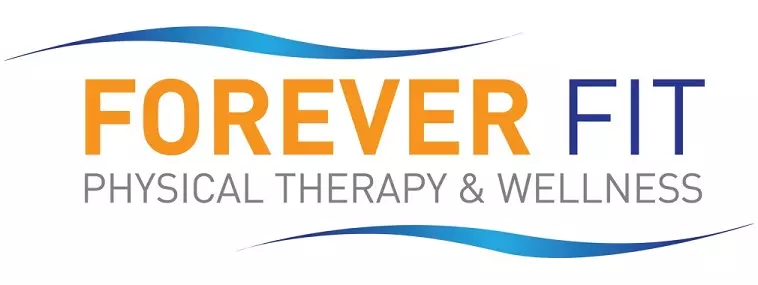What is swelling?
Swelling is the body’s natural process of identifying an injured area and beginning the healing process. The body sends white blood cells to the injured area. This results in increased blood flow, which can also cause redness and heat at the injury site. This increased fluid is what’s known as swelling. The pain you’re experiencing can be due in part to the added pressure from the presence of increased fluid. This is part of the normal inflammatory response.
Swelling is classified in two categories: acute and chronic. Acute swelling is what typically happens initially after an injury. It is short lived and doesn’t last very long. Chronic swelling occurs when swelling due to an injury continues long after swelling should have subsided. Chronic swelling can be detrimental to healing and can lead to an increased injury risk.
When to seek medical care for swelling
If your swelling or edema becomes excessive, or accompanied by intense pain or fever, you should seek medical treatment promptly. This could be indicative of an underlying issue with your injury.
How to treat swelling
While some swelling is beneficial for the recovery process, you’ll also want to find a way to help relieve any pain or discomfort you’re experiencing. Depending on the severity of your injury, there are a variety of ways to help treat your swelling:
- Medication — Taking an anti-inflammatory medication can help relieve pain and swelling. These can be over-the-counter or prescription, depending on your injury and doctor’s discretion. Medications should be taken as advised.
- Physical therapy — As your injury heals, a physical therapist can use different modalities that can aid with swelling. Physical therapy is a natural, noninvasive option to help you regain strength and mobility.
- Elevation — If your injury allows for it to be elevated, elevation can help with the reduction of swelling using gravity.
- Compression — Properly wrapping your injury with a compression wrap can help stabilize and protect your injury. Compression may also help reduce swelling.
- Rest — In a world of being on the go, taking the time to rest and allow your body to heal is important. Movement can be good and beneficial for healing, but you should slow down and rest if you are experiencing pain when moving.
- Heat therapy — Under medical guidance, using heat therapy can help boost blood flow, which provides oxygen and nutrients to the injured area.
- Cold therapy — Cold therapy is beneficial on the front end of injury recovery; it helps reduce swelling by constricting blood vessels, slowing blood flow and numbing receptors that communicate pain. Recent evidence indicates cold therapy is most beneficial in cases of extreme edema or swelling. As such, medical professionals can help identify when it is best to use and/or discontinue the use of ice for cold therapy.
Heat therapy versus cold therapy
When dealing with an injury, heat therapy and cold therapy both have a place. Cold therapy can be more beneficial in initial swelling reduction. Once swelling has subsided, if you are still experiencing any lingering pain, heat therapy can be beneficial in helping relieve pain.
Cold therapy should be used for short periods of time — 10- to 15-minute spans only, and never used directly placed on the skin. Prolonged direct skin contact with cold therapy can cause significant reduction in blood flow and possibly lead to tissue death or nerve damage. You can avoid direct skin contact by wrapping the cold source in a towel and then placing it on the injured area.
How can physical therapy help with swelling?
A physical therapist has a deep knowledge and understanding of swelling and how they can help you deal with it. They can do a physical examination and create a treatment plan designed to best assist your injury healing. Possible physical therapy treatments may include:
- Manual therapy – a type of hands on massage called retrograde massage may be helpful in improving your body’s ability to circulate and recycle any stagnant fluid associated with edema.
- Exercises — Your physical therapist may teach you certain exercises that can help reduce your swelling, alleviate pain, and increase your strength and mobility.
- Graston Technique® — The Graston Technique is an instrument-assisted manual therapy technique that can help reduce pain and swelling. This technique is performed by a trained physical therapist.
- Joint mobilization — Joint mobilization therapy is a manual therapy technique where your physical therapist uses a hands-on approach to gently guide your movements through a series of stretches that can help reduce your pain and swelling.
Forever Fit Physical Therapy & Wellness can help your recovery
Our licensed physical therapists at Forever Fit Physical Therapy & Wellness are highly educated on the best techniques to help you relieve your swelling and pain from an injury. A visit to our clinic will have you taking your first steps to seeking pain relief. Our team will design a personalized treatment plan to your exact needs.
Contact our team today for more information or to schedule an initial appointment.

